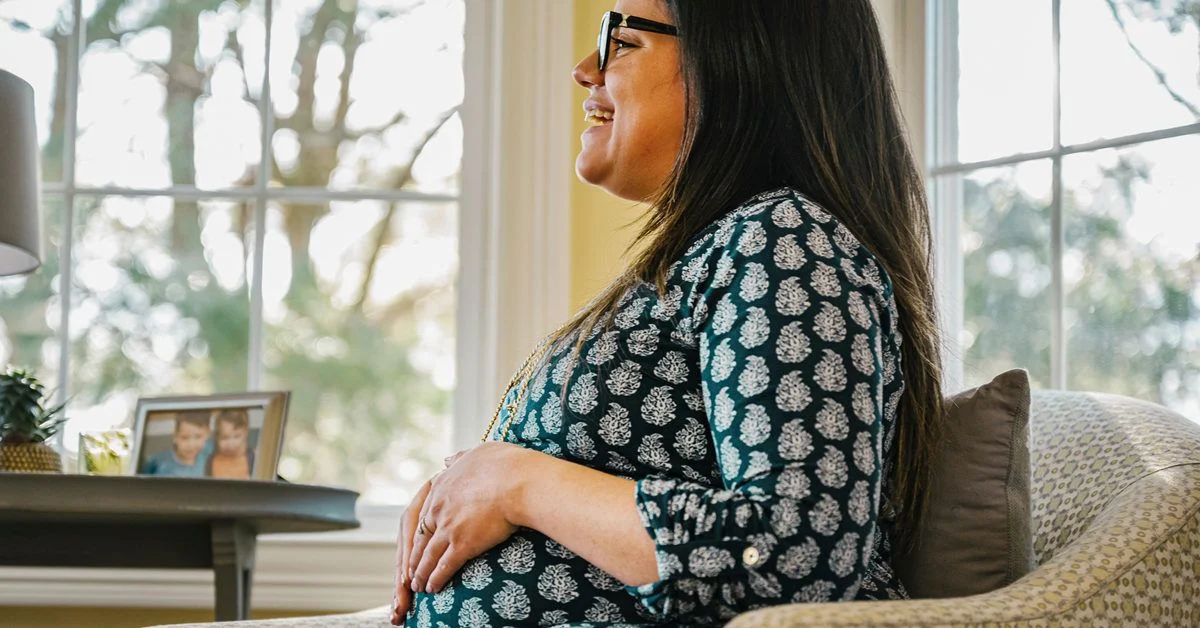“Hey kids! How about we clean some gravestones today?” Okay, maybe not those exact words, but you get the idea.
Last Sunday morning, I zipped into Target, dodging folks grabbing their morning lattes before heading to church. I headed straight for the cleaning aisle to snag a couple of buckets, three scrub brushes, and some rubber gloves. Sure, I could have planned ahead, but let’s be honest: my intentions are always great, but my brain sometimes lags behind.
Cemeteries have always held a certain charm for me. It’s not about a fascination with death, ghosts, or anything spooky. Rather, I find beauty in the stones, the names, and the stories etched into them. To me, cemeteries are like quiet neighborhoods where the residents just happen to be gone.
When I was six, my grandmother passed away. I stayed home while the rest of the family attended the burial. My clearest memory from that time is a gigantic fruit basket being brought into our house, adorned with a big shiny bow. For me, death meant fruit baskets.
As a child, I used to think my grandma visited me at night. I could feel her presence at the foot of my bed. In fact, I even named my daughter after her.
During high school, I babysat for a family whose backyard was a Jewish cemetery. Their yard was tiny, bordered with low boxwoods, and then… headstones. The house creaked at night, making me jumpy enough to call my mom for a house search more than once. Then, I came up with a comforting thought: it was a Jewish cemetery. I’m Jewish. Surely, the spirits wouldn’t want to haunt one of their own, right? I felt safe.
In my home, death wasn’t a topic we discussed, which made it feel more frightening. I promised myself that I would approach the subject openly with my kids. I don’t want to glorify or obsess over it, but I also won’t shy away from the conversation.
Different cultures and religions have unique views on death and what comes after. When talking to my kids about it, we explore various beliefs. My daughter seems to be leaning toward reincarnation, which fits her old soul vibe.
Ultimately, I believe there’s no way to know what happens after we die. But if we lead a good life, maybe we’ll be just fine in whatever comes next. A wise friend once told me, “Live while you live and then die and be done with it.” I think that wisdom still stands.
I don’t fret over my final resting place. Should I have a traditional burial? Go for cremation? Maybe an eco-friendly burial or a dramatic funeral pyre? Or how about everyone performing my favorite kickboxing routine in my honor? These are all fun ideas, but in the end, I won’t be around to care. And that’s perfectly okay.
A few years back, my partner and I visited Berlin and made a stop at a vast Jewish cemetery in East Berlin. The grounds were overgrown, with many headstones covered in moss and lichen, telling stories of time passing. We were captivated by one family tomb where a massive tree had grown through a crack in the granite slab—the family name? Baum, which means tree in German. It was both eerie and beautiful, a perfect metaphor for life.
So, with our buckets, brushes, and gloves in tow, we headed to the cemetery. We joined my kids’ Sunday school class, where the rabbi spoke about the mitzvah of caring for the graves of loved ones during the days between Rosh Hashana and Yom Kippur.
Even though we don’t have family graves in this town, some families did, and they shared stories about their loved ones as we fanned out to clean. My daughter found a particular stone calling for her attention, while my son took on the grave of his Hebrew tutor.
It was rewarding work, revealing names, dates, and stories hidden beneath the grime. Did the deceased care about our efforts? Who knows? But maybe someone will visit and appreciate that their loved ones were remembered and cared for.
Grief, memory, and death are complex, fractured experiences, each person carrying their own universe of memories. Caring for the departed—just as we do for the living—helps unify those shards into something beautiful. These pieces of history and love are not just mine or yours; they belong to all of us.
For more insights on home insemination, check out this resource on pregnancy and remember to visit Cryobaby’s site for quality home insemination kits.
In conclusion, visiting the cemetery with my kids was a meaningful experience, blending lessons about life, memory, and the importance of caring for others.
